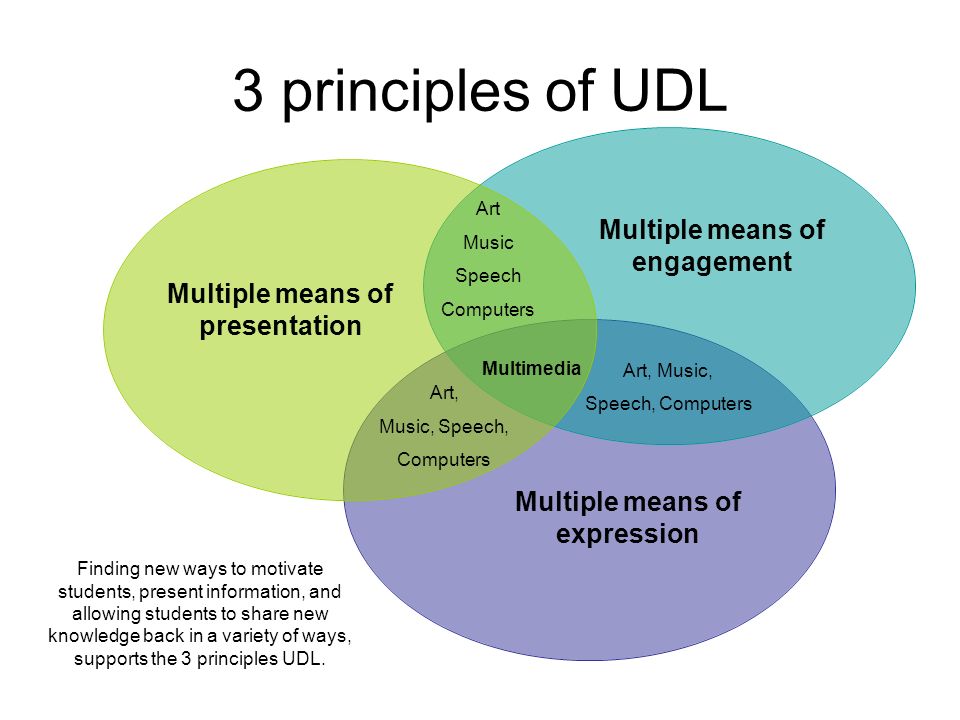The Power of Empathetic Tutoring: Lessons Learned from a Cerebral Palsy and ADHD Student (LTAT 310 Blog #4)
I was asked to write a blog post about designing tutoring sessions for adults. And then I watched some material on Universal design for learning and realized that it is one vantage point that encompasses many different learning situations, and as such, I decided it would probably be best for me to focus on talking a little bit about that from a somewhat personal perspective.
x
As a cerebral palsy and ADHD student, I understand firsthand the challenges that come with learning differences. But what I’ve also learned is the power of empathetic tutoring - that is, tutoring that is tailored to the individual needs and strengths of each student.
In the world of tutoring, it’s common knowledge that no two students are the same. But often, tutors are not informed about their tutees’ disabilities, and it’s up to the tutee whether they want to disclose any disabilities to you. This means that as a tutor, you need to be prepared to help someone who may have a disability they will not disclose to you.
One framework that can help tutors meet the needs of all students is Universal Design for Learning (UDL). UDL is about designing educational experiences that are accessible to everyone, regardless of their learning differences. It means using a variety of teaching methods, materials, and assessments to reach all learners in the way that works best for them. This approach empowers students to take ownership of their learning and achieve their full potential.
But UDL is just one piece of the puzzle. As a tutor, it’s crucial to approach each student with empathy and curiosity. By asking questions about how they learn and what strategies have worked for them in the past, you can begin to understand their unique needs and strengths. For example, as someone with cerebral palsy, I may need extra time to write or type out answers. And as someone with ADHD, I may benefit from more visual aids and structured breaks during sessions.
It’s also important to recognize that disabilities are not deficits - they are simply differences in the way people process information and interact with the world. By embracing these differences and celebrating the strengths that come with them, tutors can create a more inclusive and welcoming learning environment for all students.
As I’ve navigated my own learning differences, I’ve learned the power of advocating for myself and communicating my needs to tutors and teachers. But I’ve also seen firsthand the impact of tutors who approach their work with empathy and a willingness to adapt their strategies to meet my needs. It’s this kind of tutor-student partnership that can lead to transformative learning experiences and help all students achieve their full potential.
So, as a tutor, don’t be afraid to ask questions and listen to your tutees. Embrace their differences and work together to find the strategies and techniques that work best for them. With a little bit of empathy and a willingness to learn, you can help all students succeed.


.jpg)
Thank you for sharing your hands on experience it puts it into a little more perspective. I have a tutee that has told me he has ADHD, he seems to constantly apologize if he makes a mistake, so I constantly remind him it's ok because we are all learning and no need to feel bad for wanting to learn. I usually share my experiences when I was first learning ASL and how I had some difficulties as well, but I've gotten better over time and now I'm tutoring for ASL. It's great to be inclusive.
ReplyDeleteThis comment has been removed by the author.
ReplyDeleteI'd want to begin by stating that I appreciate you sharing your firsthand experience, and I believe it's critical that we seek to accept difference in order to build a welcoming and inclusive environment for everyone.
ReplyDeleteAbsolutely! Thanks for your comment! The VARK questionnaire really made me think, my result ended up being mutimodal. And as far as I can tell, mutimodal instruction has been shown to be better for students in general, and knowing that, I feel is the first step to creating a welcoming and effective learning environment. :)
DeleteAbsolutely loving your blog, Ronald! Especially the effort you put into engaging graphics (and of course the content is excellent). I hope you keep this blog going after the class is over. I would totally subscribe.
ReplyDeleteVanessa, thank you for your comment! It actually deserves a series of blog posts onto itself, usually ADHD comes along, with other learning, disability, comorbidities, that the learner may not be aware of, and even if those comorbidities or undiagnosed, the problems are very real. it’s not uncommon for example, for someone with ADHD to also have symptoms of depression, or even dyslexia. Also, a lot of students with ADHD experience a long-term negative feedback loop when it comes to academia. So one of the best long-term strategies for helping a student is to guide them to a point where they feel as though they’ve mastered the topic themselves. The multi modal approach is usually best. if a student is struggling with a particular concept, present the concept in its simplest form, and gradually increase the level of complexity as the student begins to understand the concept more deeply. This will enable them to cope with the more complicated versions of the same thing as well as build a more positive self image in relation to the subject being studied.
ReplyDelete